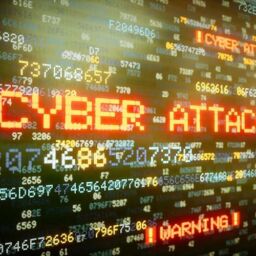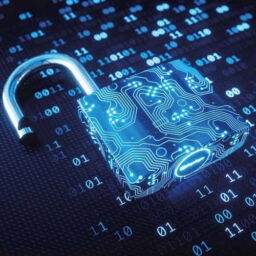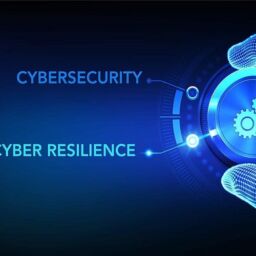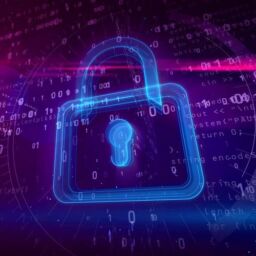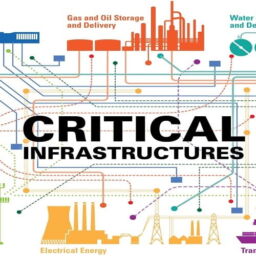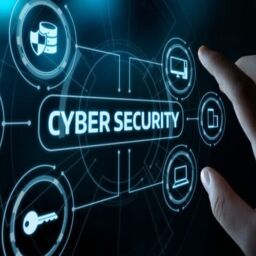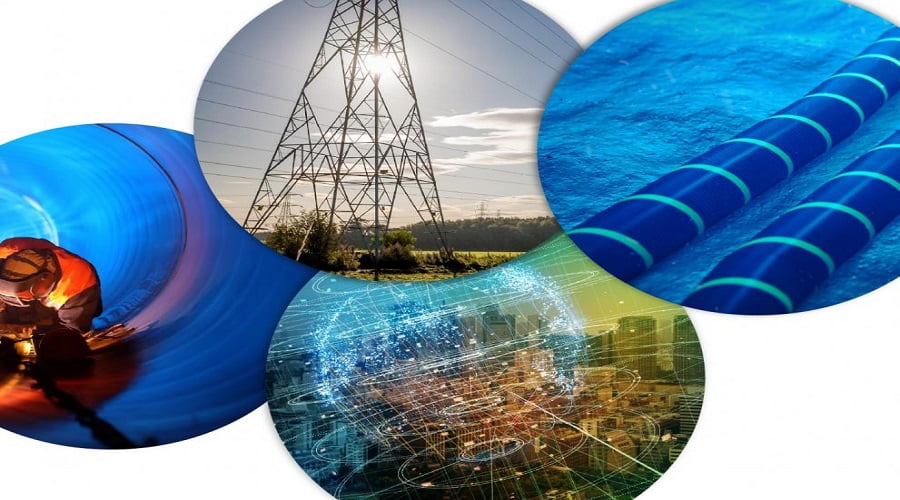
Cybersecurity in Energy Infrastructure: Cybersecurity Challenges and Solutions for Energy Infrastructure Protection
The increasing reliance on digital technologies and automation in the energy sector has brought with it a new set of challenges in the form of cybersecurity threats. As energy infrastructure becomes more interconnected and complex, the potential for cyberattacks to disrupt operations and compromise sensitive information has grown significantly. This has led to a pressing need for robust cybersecurity measures to protect energy infrastructure from potential threats.
One of the primary challenges in securing energy infrastructure is the sheer scale and complexity of the systems involved. Energy networks often span vast geographical areas, incorporating numerous interconnected components such as power plants, substations, and control centers. This complexity makes it difficult to identify and address vulnerabilities, as well as to detect and respond to cyberattacks in a timely manner.
Additionally, many energy systems were designed and built before the advent of modern cybersecurity threats, meaning that they may lack the necessary security features to protect against cyberattacks. This is particularly true for legacy systems, which may be more vulnerable to attack due to outdated software or hardware components. Upgrading these systems to incorporate modern security features can be costly and time-consuming, but is essential for ensuring the ongoing security of energy infrastructure.
Another challenge is the growing sophistication of cyber threats targeting energy infrastructure. Cyber criminals and nation-state actors are increasingly targeting critical infrastructure, employing advanced techniques and tools to infiltrate systems and cause disruption. This includes the use of malware, ransomware, and distributed denial of service (DDoS) attacks, which can cause significant damage to energy systems and result in widespread power outages.
To address these challenges, a multi-faceted approach to cybersecurity is required, encompassing both technological solutions and human factors. One key aspect of this is the development and implementation of robust security standards and best practices for the energy sector. This includes the adoption of industry-specific cybersecurity frameworks, such as the NIST Cybersecurity Framework for Critical Infrastructure, which provides guidance on how to identify, protect, detect, respond to, and recover from cyber threats.
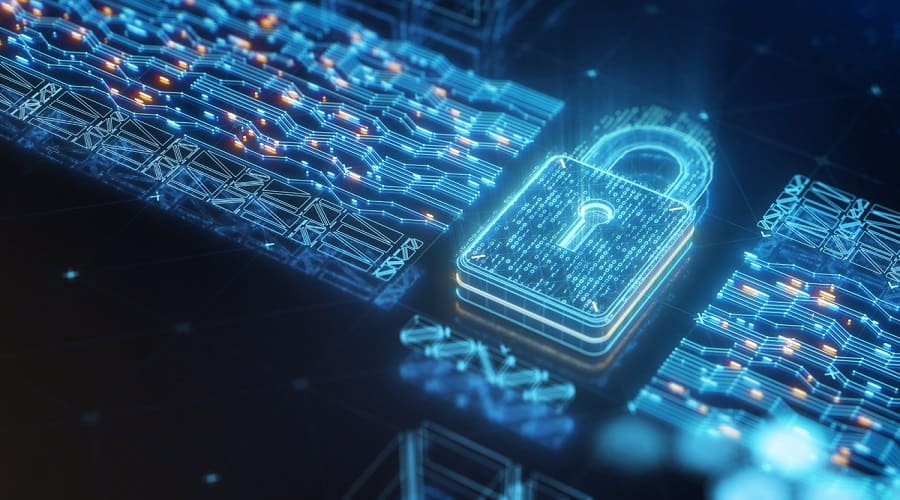
Another important aspect of securing energy infrastructure is the need for increased information sharing and collaboration between industry stakeholders. This includes sharing threat intelligence and best practices, as well as working together to develop and implement coordinated responses to cyber threats. Public-private partnerships, such as the Department of Energy’s Cybersecurity Risk Information Sharing Program (CRISP), can play a crucial role in facilitating this collaboration and ensuring that energy companies have access to the latest threat information and resources.
Technological solutions also play a critical role in protecting energy infrastructure from cyber threats. This includes the deployment of advanced security tools and technologies, such as intrusion detection and prevention systems, encryption, and secure communications protocols. Additionally, the use of artificial intelligence (AI) and machine learning can help to identify and respond to cyber threats more quickly and effectively, by analyzing large volumes of data and identifying patterns that may indicate an attack.
Finally, addressing the human factor is essential for ensuring the security of energy infrastructure. This includes providing comprehensive cybersecurity training and awareness programs for employees, as well as fostering a culture of security within organizations. By ensuring that all staff are aware of the potential risks and their role in mitigating them, energy companies can significantly reduce the likelihood of a successful cyberattack.
In conclusion, the protection of energy infrastructure from cyber threats is a complex and ongoing challenge, requiring a multi-faceted approach that combines technological solutions, industry collaboration, and a focus on human factors. By investing in robust cybersecurity measures and working together to share information and best practices, the energy sector can ensure the continued security and resilience of its critical infrastructure.
Source: www.energyportal.eu


